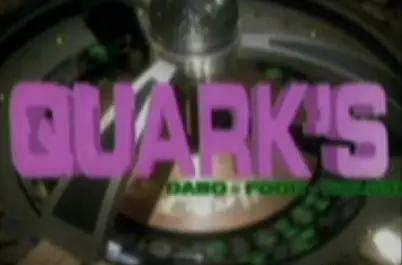

If you scroll down in journalctl, it can go later in time. Also, you can check different boots by changing the b parameter, with -b 0 being the current boot, -b -1 being the previous boot, b -2 being the boot before that, etcetera.
For UFW, I’d just try unblocking the Proton ports if it says they’re blocked in Proton settings. Also, check to make sure you don’t have two firewalls installed; while this once again shouldn’t crash the system, my PC did some very weird things when both UFW and firewalld were installed.



I’d just recommend checking hard drive SMART scores and stuff like that. Maybe run a memory test as well.